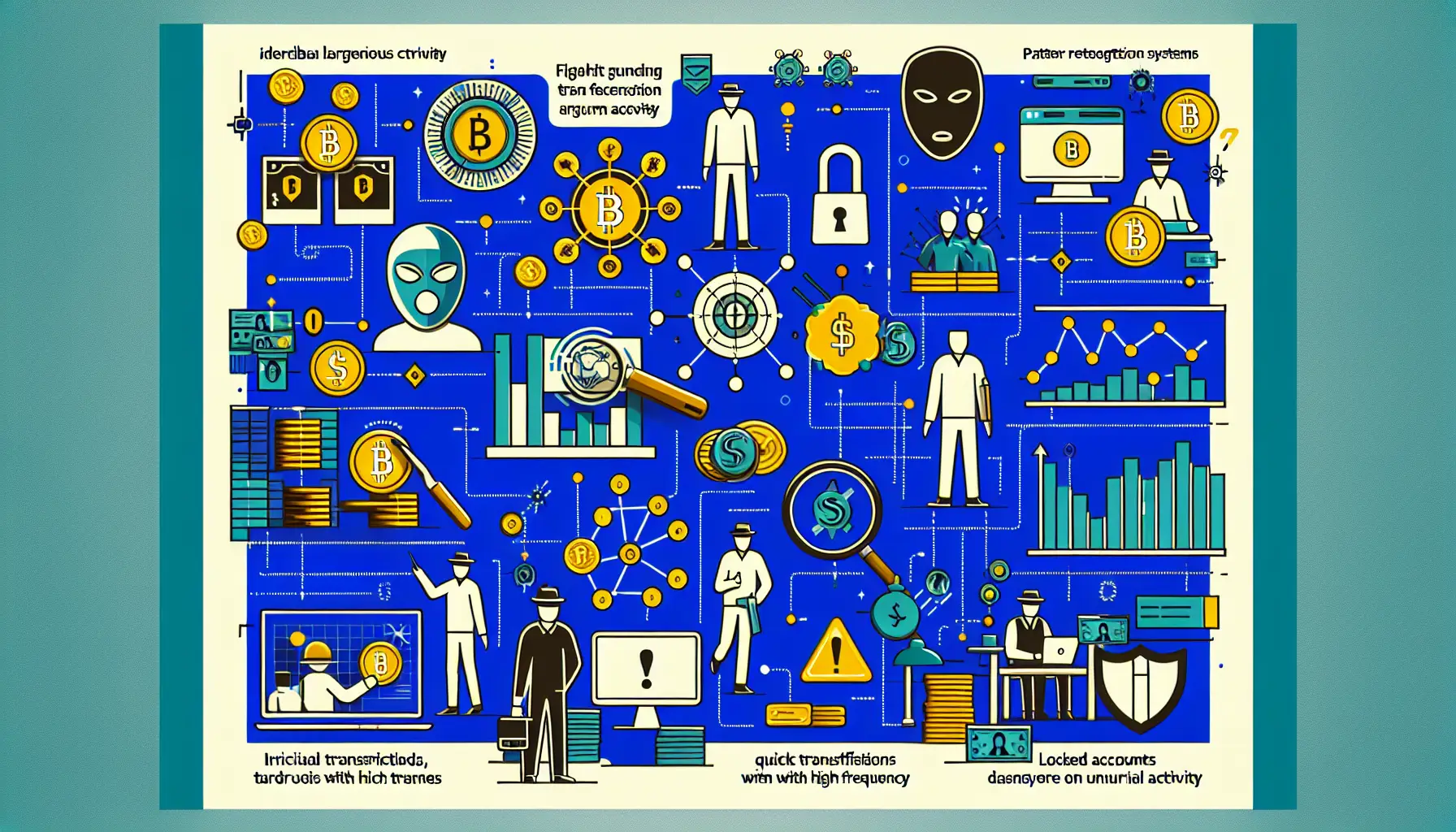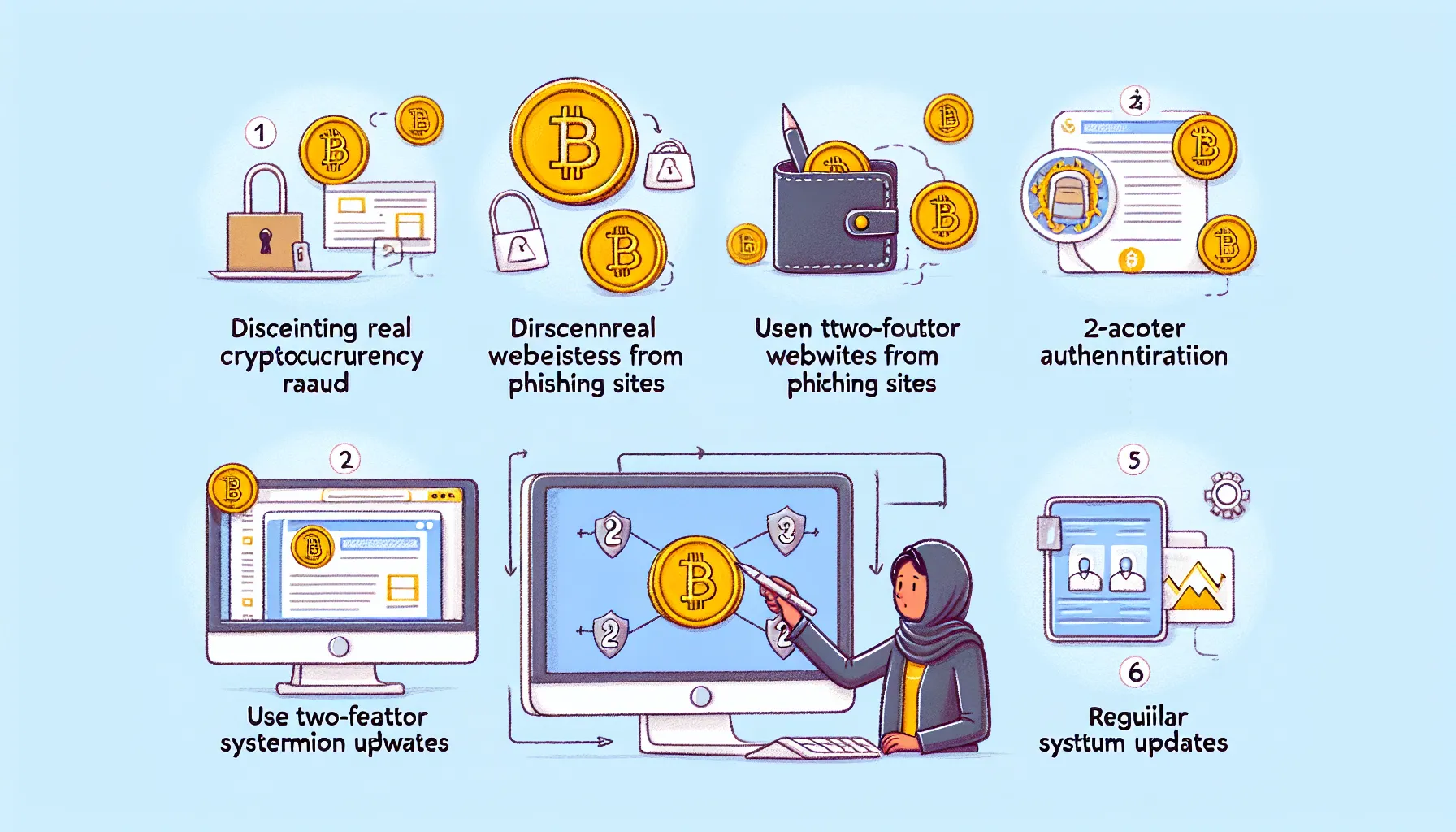Tracking Crypto Fraud: Analyzing Blockchain Transaction Patterns Effectively
Understanding Blockchain Transaction Patterns
Unraveling the Hidden Stories in Blockchain Transactions
Have you ever thought of a blockchain as a vast, bustling city? Each transaction is like a resident, carrying its own unique story. Some are straightforward, like a neighbor buying groceries, while others have a more shadowy intent—perhaps someone sneaking through dark alleys. To uncover these stories, we dive into the patterns left behind. Analyzing blockchain transaction patterns is like being a detective piecing together clues. Patterns reveal behaviors: repetitive transactions might signal bot activity, while sudden spikes could hint at scams or illicit schemes. Imagine spotting a wallet that sends funds to hundreds of addresses within seconds—sounds suspicious, right? Here’s where it gets fascinating:- Look for transaction clusters: Groups of wallets moving funds back and forth might indicate money laundering attempts.
- Track timing anomalies: Do funds move during odd hours? Fraudsters often exploit quiet periods.
Techniques for Detecting Fraudulent Activity in Crypto Transactions

Decoding Suspicious Blockchain Activity
Imagine trying to find a single counterfeit coin in a vault of millions—this is the challenge of tracking crypto fraud. But here’s the secret: every blockchain transaction leaves a digital breadcrumb trail. The trick lies in spotting patterns that scream, “Something isn’t right here!” Fraudulent activity often doesn’t wear a neon sign, but it leaves clues. For example, you might notice clusters of small transactions suddenly funneling into a single wallet. Or perhaps funds are bouncing between addresses faster than a ping-pong match. These behaviors aren’t random—they’re part of a deliberate attempt to obscure the origin of funds. Here’s what to keep an eye on:- Unusual frequency: Transactions happening at odd hours or at lightning speed.
- Wallets with no history: Brand-new addresses handling massive amounts of crypto.
- Obfuscation tactics: Use of mixers or tumblers to muddy transaction trails.
Tools and Technologies for Blockchain Analysis

Cracking the Code: Tools That Make Blockchain Analysis a Breeze
Picture this: navigating the blockchain without the right tools is like trying to find a needle in a haystack—blindfolded. But fear not, because the tech world has your back with an arsenal of innovative tools designed to turn chaos into clarity. Let’s talk about some heavy hitters in the blockchain analysis game. Ever heard of Chainalysis? This powerhouse helps you trace suspicious transactions with surgical precision. Then there’s Elliptic, a tool that feels almost psychic as it maps out connections between wallets and shady activities. And if you’re looking for something more customizable, Crystal Blockchain offers a dashboard so intuitive, it feels like your favorite app—but for crime-fighting. Want to know why these tools shine? Check out their perks:- Real-time transaction monitoring to stay ahead of fraudsters.
- Visual mapping of blockchain activity—think of it as a detective board, but digital.
- AI-driven insights that spot anomalies faster than you can say “crypto scam.”
Challenges in Identifying Crypto Fraud Through Blockchain Data

Unraveling the Hidden Threads of Blockchain Transactions
Picture this: you're gazing at a sprawling tapestry of blockchain data, each thread representing a transaction. It’s mesmerizing, yet baffling. Beneath this intricate weave lies the shadowy realm of crypto fraud—hidden but not imperceptible, if you know where to look. The challenge? Fraudsters are no ordinary tricksters. They jump across wallets, shuffle coins through mixers, and deploy bots faster than you can say “blockchain.” Patterns, however, are their Achilles' heel. For instance:- Rapid wallet activity: Hundreds of transactions in mere minutes? That’s often a red flag.
- Unusual connections: Funds hopping between obscure wallets with no clear purpose scream foul play.
- Dusting attacks: Tiny fractions of crypto sent to wallets to track activity—subtle but sinister.
Best Practices for Preventing Cryptocurrency Fraud

Spotting Patterns in Blockchain Transactions
When it comes to tracking crypto fraud, it’s all about connecting the dots. Think of blockchain transactions as a digital spiderweb—every move leaves a trace. The trick? Knowing where to look and what patterns scream, "Something’s not right here!" Let’s get real. Fraudsters don’t exactly announce their plans, but their actions often leave breadcrumbs. For instance, you might notice unusually high transaction volumes on wallets with no prior history or funds being split into dozens of smaller amounts (a tactic called smurfing). It’s like watching someone nervously shuffle cards at a poker table—they’re hiding something. Some red flags to keep an eye on:- Repeated small transfers that seem designed to fly under the radar.
- Transactions involving known blacklisted wallets or platforms with shady reputations.
- Geographical inconsistencies, like funds bouncing between countries with strict regulations and those with none.
